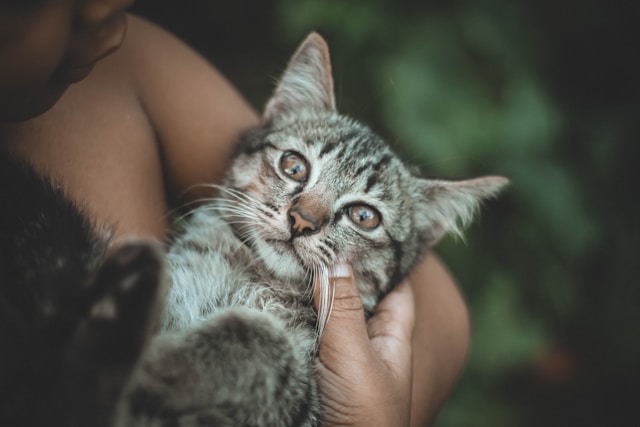Just like humans, pets can feel anxious, stressed, or fearful. While occasional nervousness is normal, chronic anxiety can affect your pet’s health, happiness, and behavior. Learning how to calm a nervous pet is essential for building trust, creating a safe environment, and improving their overall well-being. Whether you have a shy rescue cat, an energetic but anxious dog, or a pet scared of loud noises, there are practical steps you can take to help them feel more secure.
Recognizing the Signs of Anxiety
The first step in helping your pet is understanding when they’re anxious. Anxiety can look different depending on the animal, but some common signs include:
Physical cues:
-
Trembling or shaking
-
Panting (in dogs) or rapid breathing (in cats)
-
Tucked tail or pinned ears
-
Excessive drooling
Behavioral signs:
-
Hiding or avoiding interaction
-
Excessive barking, whining, or meowing
-
Scratching doors or chewing furniture
-
Restlessness and pacing
If your pet shows these behaviors regularly, it’s worth investigating the cause.
Common Causes of Pet Anxiety
Understanding why your pet is nervous helps you address the root of the problem. Common triggers include:
-
Loud noises – Thunderstorms, fireworks, vacuum cleaners
-
Separation from owners – Many pets struggle when left alone
-
New environments – Moving house, visiting the vet, or traveling
-
Past trauma – Rescue animals may have lingering fears from previous experiences
-
Changes in routine – Different feeding times, new people or pets in the household
Immediate Calming Techniques
Sometimes your pet needs relief in the moment. Here are a few pet anxiety solutions that work for both dogs and cats:
-
Use a calm voice – Speak softly and avoid sudden movements
-
Gentle touch – Light petting or massage can reduce tension
-
Distraction – Engage them with a favorite toy or treat
-
Stay close – Simply being near your pet can help them feel safer
These techniques are especially useful during short-term stress like a passing thunderstorm.
Creating a Safe Space
Every pet benefits from having a designated area where they can relax without disturbance. This can be a crate, a pet bed in a quiet corner, or even a cozy blanket-covered nook. For cats, a covered bed or perch can offer comfort. For dogs, a crate with soft bedding and a chew toy can provide security.
Adding familiar scents, like your worn t-shirt, can also help them feel comforted.
Training and Desensitization
If your pet’s anxiety is triggered by specific things like the sound of fireworks you can use desensitization techniques. This involves exposing them to the trigger at a very low level and rewarding calm behavior. Over time, you gradually increase exposure until they’re less reactive.
Pairing these exposures with positive reinforcement builds new, more positive associations.
Using Calming Aids
Modern pet care offers a variety of tools to help with anxiety:
-
Anxiety wraps or thunder shirts – Apply gentle, consistent pressure to soothe nerves
-
Pheromone diffusers and sprays – Mimic natural calming signals for dogs and cats
-
Calming music or white noise – Masks stressful sounds and creates a peaceful environment
These aids can be combined with other calming strategies for better results.
Long-Term Strategies
For lasting results, focus on lifestyle and routine:
-
Regular exercise – Physical activity helps burn off nervous energy in dogs and provides mental stimulation for cats
-
Consistent schedule – Feeding, walks, and playtime at the same times each day reduce uncertainty
-
Enrichment activities – Puzzle toys, training games, and scratching posts keep pets engaged
-
Balanced diet – Proper nutrition supports physical and mental health
Consistency is key — over time, predictability can significantly reduce stress.
When to Seek Professional Help
If your pet’s anxiety is severe, persistent, or worsening, consult your veterinarian or an animal behaviorist. They can rule out medical causes, recommend behavioral therapy, or discuss options like prescription anti-anxiety medication.
Signs you may need professional help include:
-
Self-harm behaviors (excessive licking, chewing paws)
-
Aggression linked to fear
-
Complete refusal to eat or drink during stress
Conclusion
Helping a nervous pet feel calm requires patience, empathy, and consistency. By recognizing the signs of anxiety, addressing the causes, and using both immediate and long-term calming strategies, you can transform stressful situations into manageable ones.

